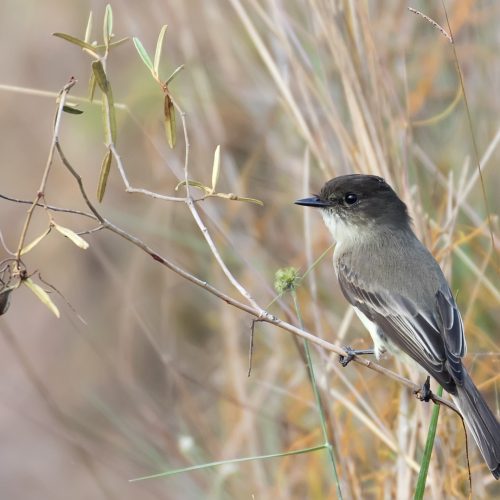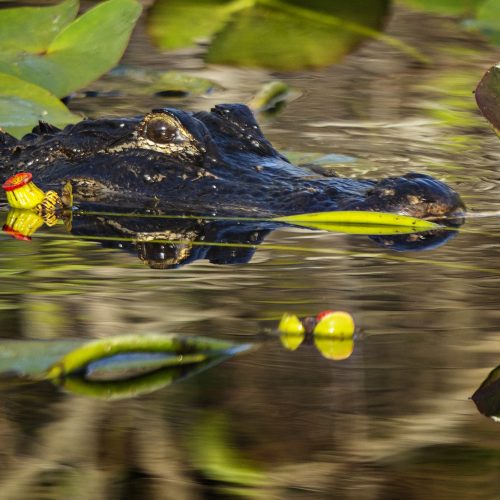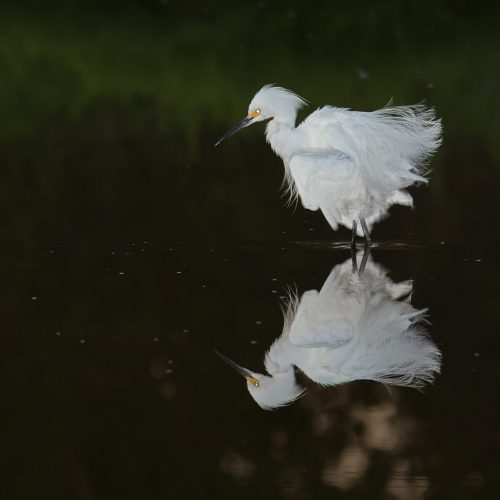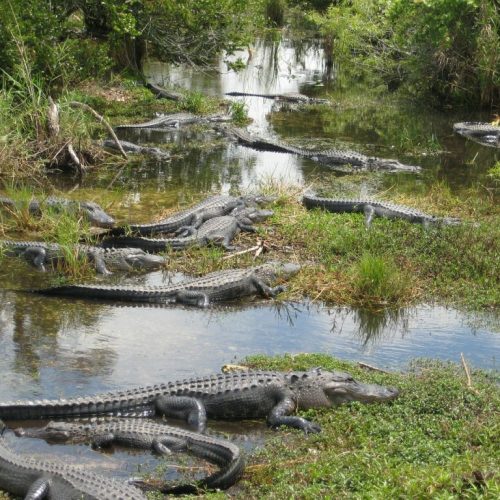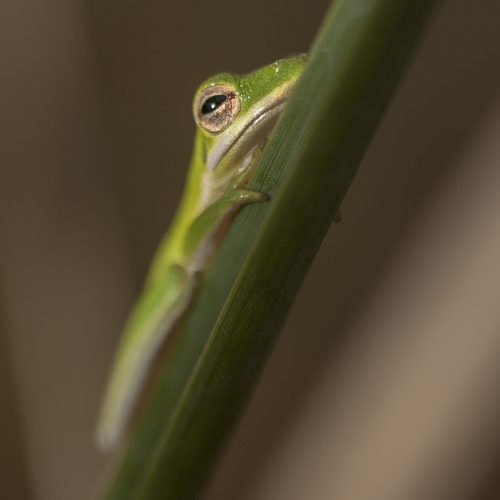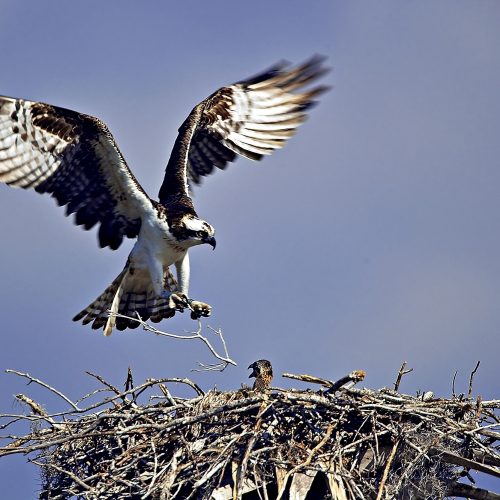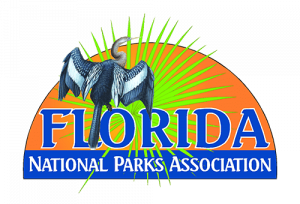Visitors can explore Florida Bay, Whitewater Bay, and the Ten Thousand Islands area by boat, kayak, or canoe. Each area has its own unique characteristics and habitats to explore.
Boating in the waters of the Everglades is a task for the skilled. Treacherous passes cut through long banks of mud and seagrass, separating the basins of our shallow coast in Florida Bay. Other areas, especially in the Ten Thousand Islands, have many oyster reefs and sandbars.
Safely exploring this region, while protecting the sensitive underwater habitats, requires the ability to “read the water”. Shallow areas are not always marked, especially in the area between Flamingo and Everglades City. Knowing the draft (depth) and limits of your boat is critical, as is the ability to read and utilize nautical charts.
To learn how to safely navigate the waters of Florida Bay, boaters can take a partner sponsored online boater education course called Eco-Mariner. Click on the Eco-Mariner image to start the boating safety course that provides the basic knowledge to protect Florida Bay’s sensitive environment. Propeller damage to seagrass beds is harmful to the marine environment. Be extremely careful when navigating in shallow waters.
Marinas
The Flamingo Marina, open year-round, can accommodate more than 50 boats with electric and water hookups. The channel will accept a four foot maximum draft. Boat fuel is temporarily unavailable.
Marina store hours are 8 a.m – 4:30 p.m. The store offers a limited variety of snacks, drinks, and ice. Contact Everglades Guest Services directly for additional information at 305-501-2852.
Boat Ramps
From the park’s Homestead entrance, boat ramps are located at both West Lake (vessel and motor size restrictions apply) and Flamingo.
For access to the Ten Thousand Islands, boat ramps are located in Everglades City and Chokoloskee.
For access to Northeast Florida Bay there are ramps located in Monroe County, check the county website for details.
Operation of a vessel 5 mph (8 kph), or creating a wake, is prohibited in:
Everglades City Area
Alligator Creek
Plate Creek
Halfway Creek
Between Wilderness Waterway markers #86 and #87, near Darwin’s Place
Gopher Creek, from the confluence of Cannon Bay south to the first bay
Chokoloskee Bay Manatee Protection Zone view map (pdf)
Flamingo Area
Florida Bay Marina
Whitewater Bay Marina
Tarpon Creek
Avocado Creek
Coot Bay Canal
Buttonwood Canal
East Cape Canal
North Prong
The flats which lie within the triangle designated by the Flamingo Housing area dock, Christian Point, and the northern shoreline of Joe Kemp Key
Frank Key Channel as posted
Snake Bight Poll and Troll Zone – beginning at Porpoise Point on the east side of Snake Bight, proceeding south near the east entrance to Tin Can Channel, then westward along the North side of Tin Can Channel to the western entrance to Tin Can Channel. Then proceeding north to the western entrance of Snake Bight Channel, continuing north to the eastern point of Joe Kemp Key, then north to Christian Point and following the shoreline along the mainland to Porpoise Point view map
Key Largo Area
Marker 42 Creek
The Boggies
Shell Creek
Nest Key
McCormick Creek
Additional locations may be temporarily designed as “no wake” areas by the posting of appropriate signs/markers, when safety or potential damage to property or resources is of immediate concern.
Launch Fees
In addition to the park entrance fee, a boat launch fee is charged to all vehicles entering the park with boats, including canoes, kayaks, and power boats.
The per boat charges are:
7 day boat launch fee – $25.00
Annual boat launch pass – $60.00
Motor
In all No Motor areas engine must be removed from transom.
All freshwater lakes, including Paurotis and Nine Mile Pond.
Noble Hammock and Hells Bay Canoe Trail (from the road to Lard Can).
Long Lake to the mouth of Garfield Bight. *Note* Watercraft with engines of 6 horsepower or less are permitted on West Lake, but not beyond.
Little Henry, Henry, Monroe, Middle and Seven Palm Lakes.
All inland creeks and lakes north of Long Sound, Joe Bay and Little Madeira Bay except for the ponds and lakes associated with Taylor River.
Coot Bay Pond, Mud Lake and Bear Lake.
The Homestead Canal and all small lakes along the canal.
All associated small lakes on Cape Sable inland from Lake Ingraham.
Boating Closures
In order to offer additional protection to wildlife habitat, the following areas have been closed to public entry.
Keys and beaches of Florida Bay
All keys (islands) in Florida Bay are closed to protect bird nesting areas (see exceptions below).
Wading within 100 feet of any closed area is prohibited.
Moats and internal creeks associated with Buchanan Keys.
Exceptions: Landing and camping is permitted on North Nest Key, Little Rabbit Key and Cape Sable.
Pets are prohibited on all keys.
Northeast Florida Bay
The following areas are closed for the protection of American crocodiles and their nesting habitat: Little Madeira Bay, Taylor River, East Creek, Mud Creek, Mud Bay, Davis Creek, Joe Bay and its easternmost portion, commonly called Snag Bay, and all creeks inland from the northern shoreline of Long Sound to U.S. Highway 1.
Flamingo Area
Rogers Bay Rookery
Cuthbert Lakes and their attendant rookery.
Ten Thousand Islands Area
Landing is prohibited on the small group of islands at the southeast entrance to Gaskin Bay, known as Indian Key Rookery. Landing is allowed only on the northern most sand spit of Pavilion Key. The rest of the island is closed.
Other areas may be posted closed by order of the Park Superintendent. Closed areas represent less than 1% of the total park area.
Personal Waterkraft
The towing of persons by vessels utilizing water skis, hydra slides, knee boards or other similar types of equipment is prohibited so that manatees, crocodiles, and nesting birds will not be disturbed. The operation of “personal watercraft” also known as “wet bikes®”, “jet skis®”, and other trade names, is prohibited.
